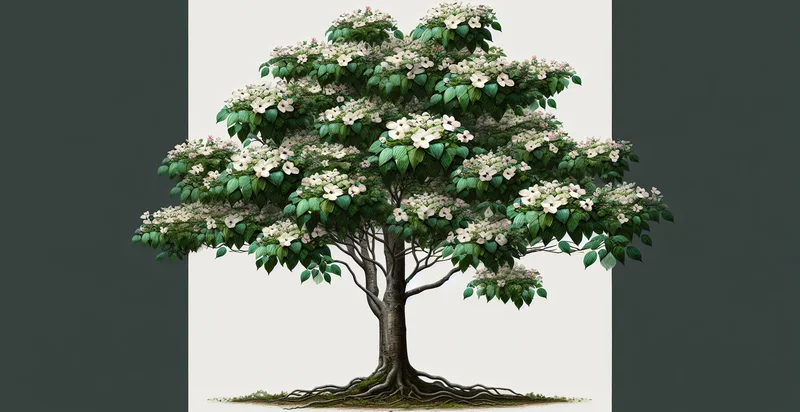Identify if tree is a dogwood
using AI
Below is a free classifier to identify if tree is a dogwood. Just upload your image, and our AI will predict if the tree is a dogwood - in just seconds.

Contact us for API access
Or, use Nyckel to build highly-accurate custom classifiers in just minutes. No PhD required.
Get started
import nyckel
credentials = nyckel.Credentials("YOUR_CLIENT_ID", "YOUR_CLIENT_SECRET")
nyckel.invoke("if-tree-is-a-dogwood", "your_image_url", credentials)
fetch('https://www.nyckel.com/v1/functions/if-tree-is-a-dogwood/invoke', {
method: 'POST',
headers: {
'Authorization': 'Bearer ' + 'YOUR_BEARER_TOKEN',
'Content-Type': 'application/json',
},
body: JSON.stringify(
{"data": "your_image_url"}
)
})
.then(response => response.json())
.then(data => console.log(data));
curl -X POST \
-H "Content-Type: application/json" \
-H "Authorization: Bearer YOUR_BEARER_TOKEN" \
-d '{"data": "your_image_url"}' \
https://www.nyckel.com/v1/functions/if-tree-is-a-dogwood/invoke
How this classifier works
To start, upload your image. Our AI tool will then predict if the tree is a dogwood.
This pretrained image model uses a Nyckel-created dataset and has 2 labels, including Is Dogwood and Is Not Dogwood.
We'll also show a confidence score (the higher the number, the more confident the AI model is around if the tree is a dogwood).
Whether you're just curious or building if tree is a dogwood detection into your application, we hope our classifier proves helpful.
Related Classifiers
Need to identify if tree is a dogwood at scale?
Get API or Zapier access to this classifier for free. It's perfect for:
- Urban Forestry Management: Municipalities can utilize the tree identification function to maintain urban forests. Identifying dogwood trees allows city planners to track species diversity, implement effective tree care schedules, and enhance green space planning.
- Environmental Research: Ecologists can employ this classification function to gather data on dogwood distribution in various ecosystems. The information helps assess the impact of climate change and urbanization on local flora, enabling targeted conservation strategies.
- Landscaping and Gardening Services: Landscaping companies can utilize the identifier to recommend suitable plants for residential and commercial projects. Accurate identification ensures that clients receive the most appropriate dogwood trees based on factors like soil type, sunlight, and aesthetic preferences.
- Agricultural Education: Educational institutions can incorporate this classification tool into their curriculum for botany and environmental science courses. Students can use the function to practically identify tree species, fostering hands-on learning about biodiversity and ecosystem management.
- Tourism and Recreation: Parks and recreational areas can implement the identifier for guided nature walks and educational tours. By informing visitors about dogwood trees, the experience becomes more enriching, enhancing appreciation for local flora and encouraging eco-tourism.
- Real Estate Development: Real estate developers can leverage the identification function during site analysis prior to construction. Knowing the presence of dogwood trees helps in making informed decisions about tree preservation, enhancing property value, and complying with environmental regulations.
- Wildlife Habitat Analysis: Wildlife biologists may use this classification function to study habitat preferences of various species dependent on dogwood trees. Identifying these trees in different environments can aid in developing strategies for wildlife conservation and habitat restoration efforts.


